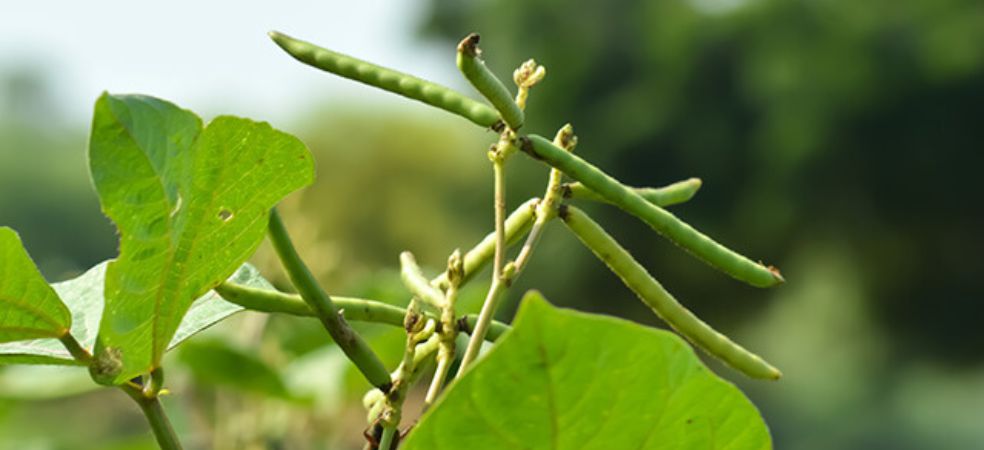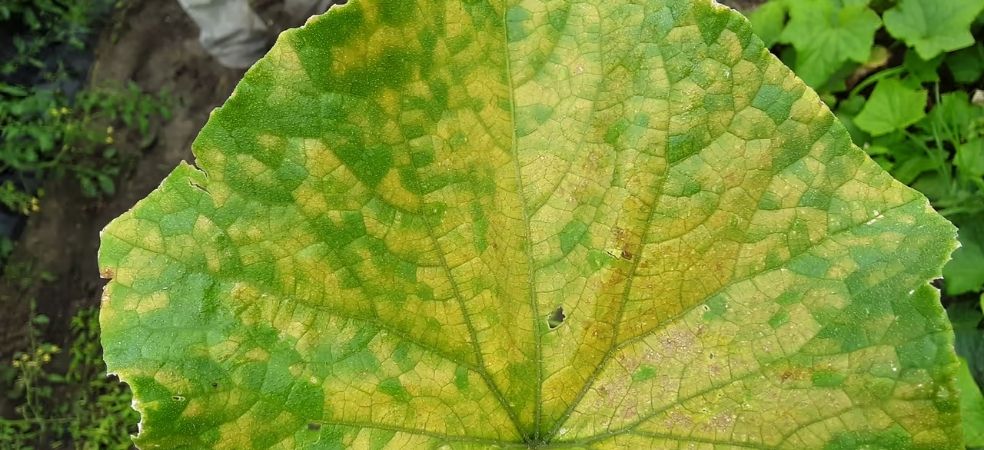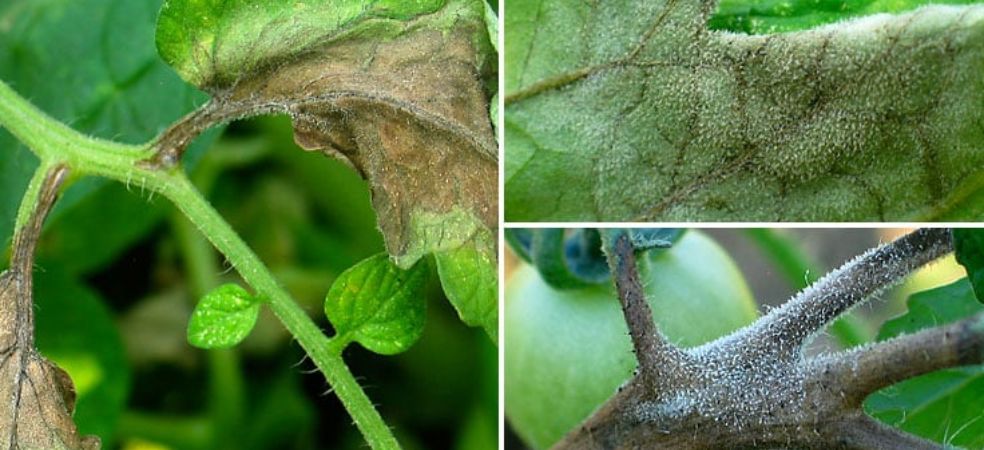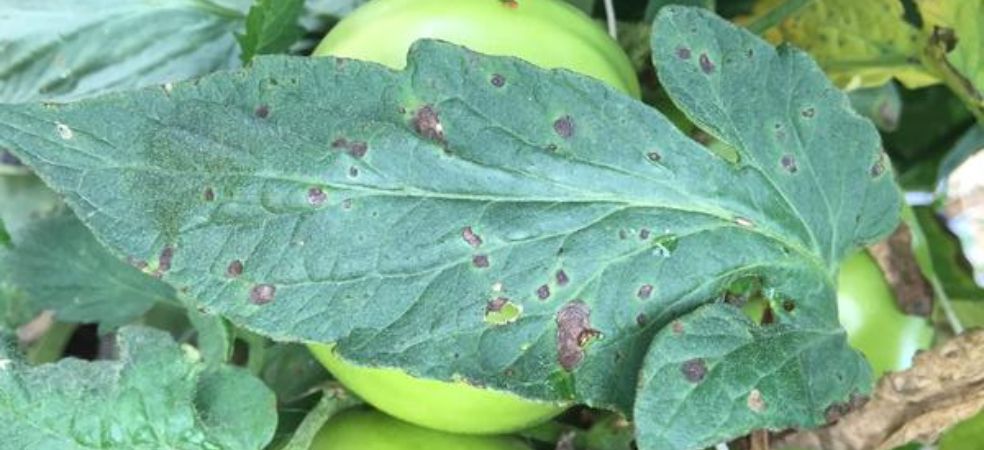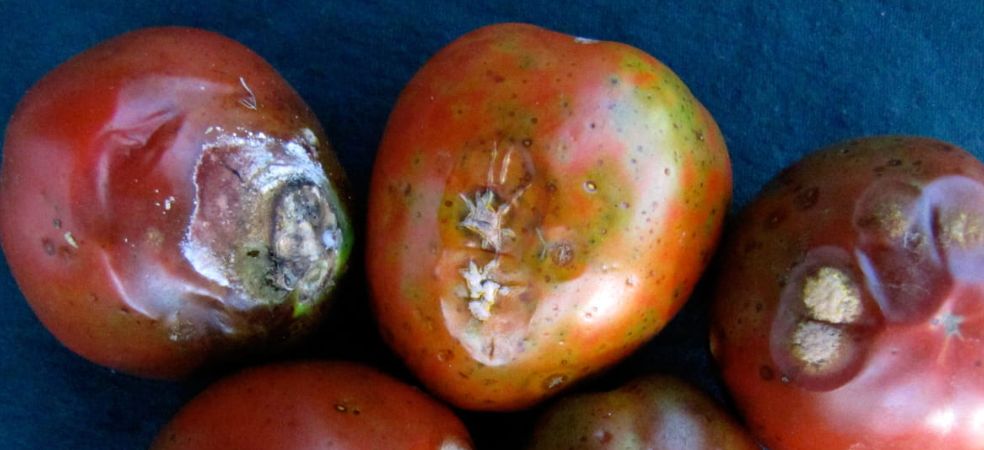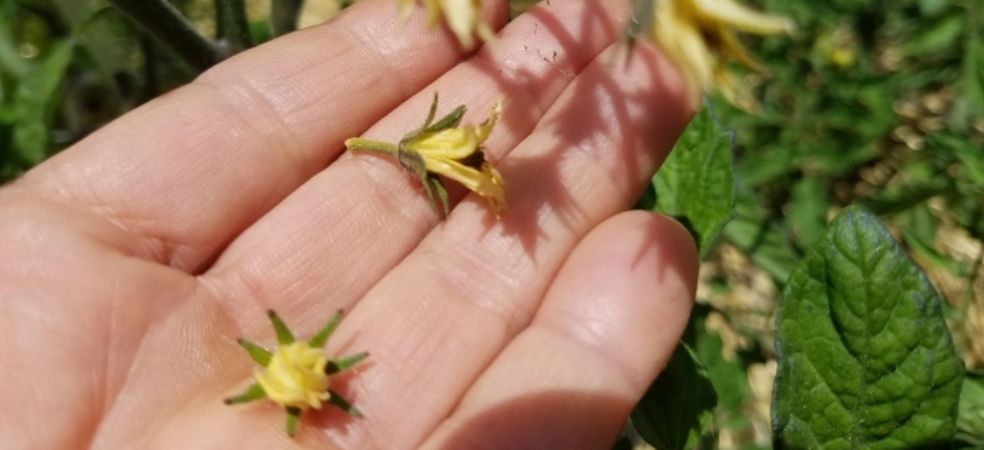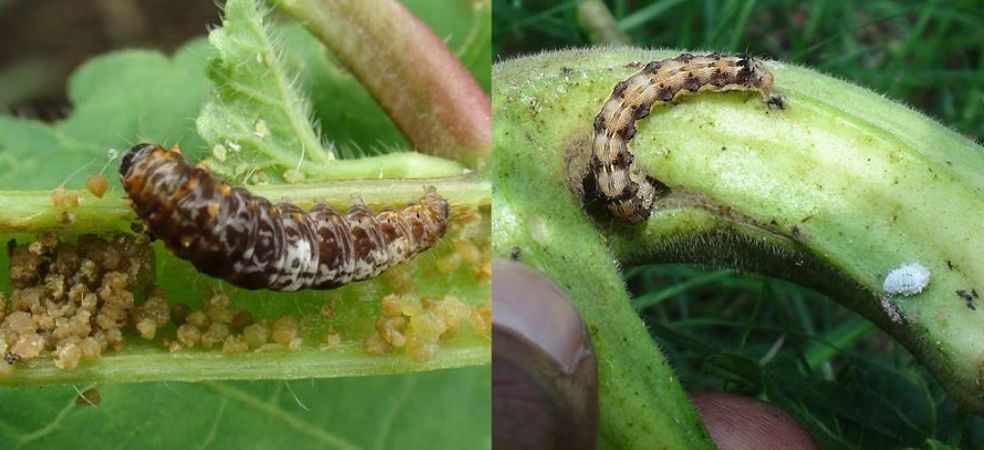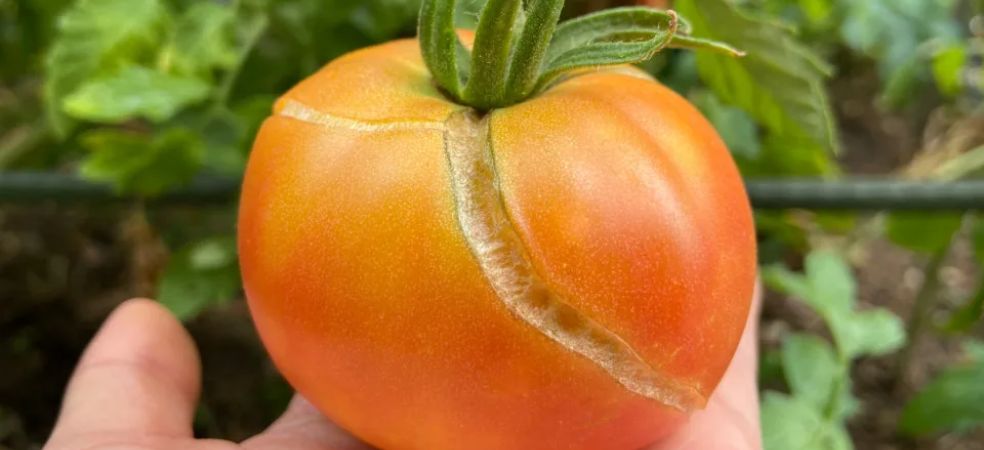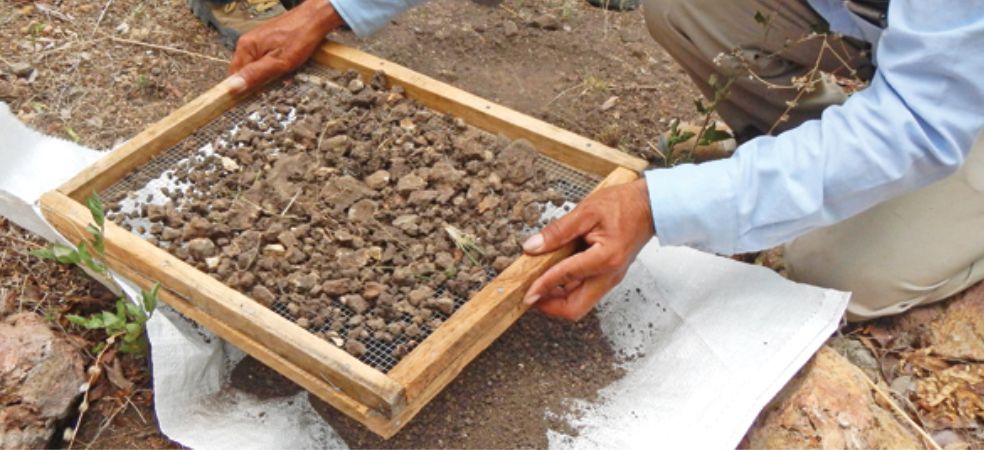-
Now, most of the fields are under cultivation of moong. In the areas where moong was sown early, the crops are now between 40 – 50 days.
-
This stage of the crop is a major stage in which special care is necessary to increase the quality of grain in beans and to control insect and fungal diseases.
-
At this time, by adopting the following recommendations, reasonable profit can be earned from the crop.
-
Spray Novaluran 5.25% + Emamectin Benzoate 0.9% SC [Barazide] 600 ml + Propiconazole [Zerox] 200 ml + 0:00:50 [Gromor] 1 kg/acre.
ShareFor more such important information related to the agriculture sector, keep reading the articles of Gramophone daily. If you liked today’s information, then do not forget to share.

